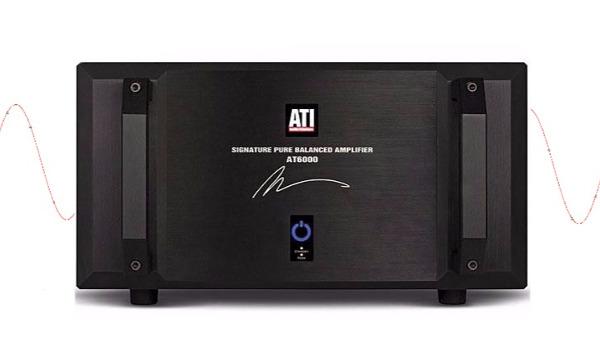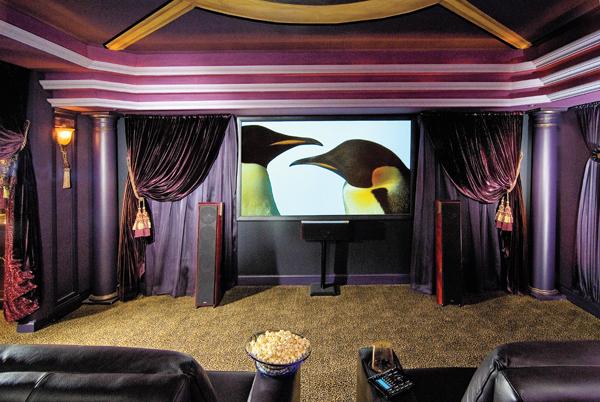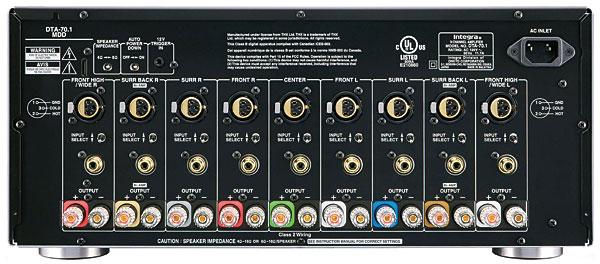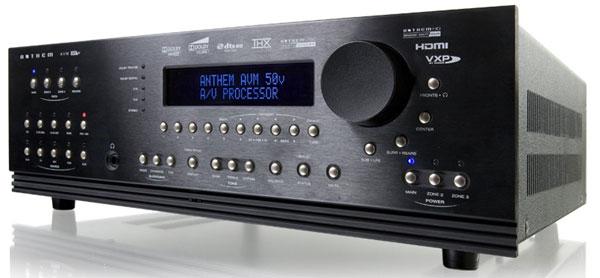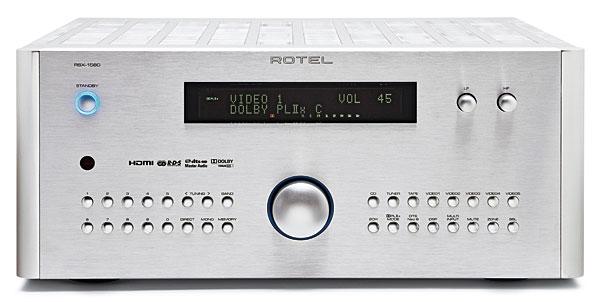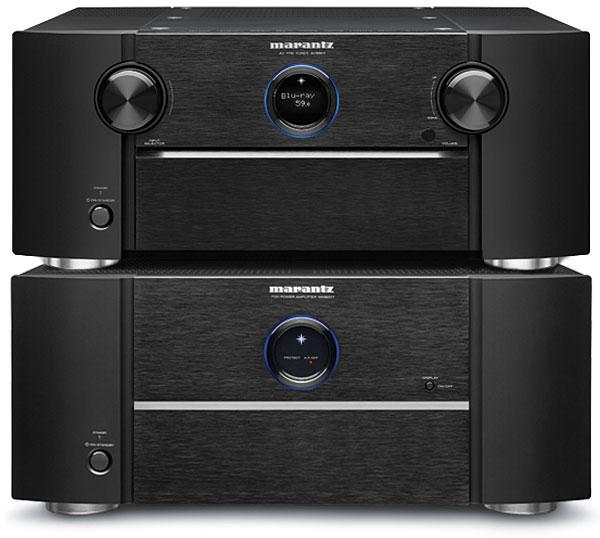Audio Separates Buying Tips
Sort By: Post DateTitle Publish Date
|
Dec 22, 2016 |
|
Apr 09, 2002 |
First Published: Apr 10, 2002 |
|
Jul 06, 2012 |
|
Jul 18, 2011 |
|
Apr 11, 2013 |
|
Apr 24, 2005 |
First Published: Apr 25, 2005 |
|
Sep 04, 2001 |
First Published: Sep 05, 2001 |
